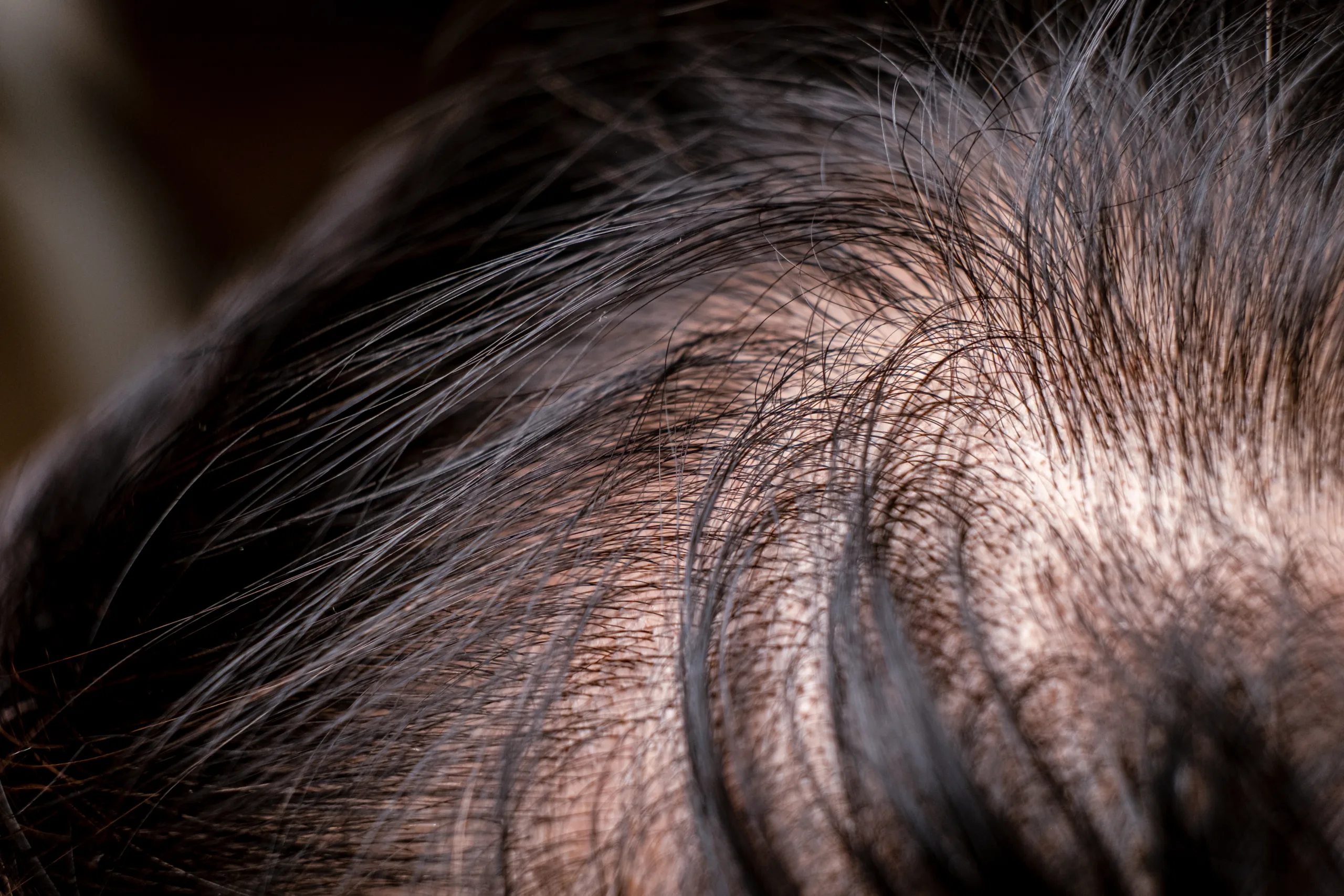Understanding the Duration Cocaine Stays in Hair for Drug Testing
Among various drug testing methods, hair follicle tests are particularly notable for their long detection windows, making them a preferred choice in legal, employment and rehabilitation settings. This blog explores how long cocaine remains detectable in your hair and the factors influencing this duration.
The Basics of Hair Follicle Drug Testing
Hair follicle drug testing is a sophisticated method that can detect drug use over an extended period. Unlike urine or blood tests, which primarily reveal recent drug use, hair tests provide a broader detection window, reflecting drug consumption over months. Cocaine, like other drugs, gets incorporated into hair strands through the bloodstream, remaining detectable long after use.
Detection Window for Cocaine in Hair
Cocaine can be detected in hair for a considerable duration. Typically, it remains identifiable in hair follicles for up to 90 days after use. This 90-day window is standard for most hair drug tests, based on the average growth rate of human hair. However, this period can vary based on several factors, including hair growth rates, the amount of drug used and individual metabolism rates.
Factors Influencing Detection Time
Several key factors can influence how long cocaine remains detectable in hair:
- Hair Growth Rate: Human hair generally grows at a rate of about half an inch per month. Hair tests usually examine the most recent one-and-a-half inches of hair, equating to approximately 90 days of drug use history. Variations in individual growth rates can slightly alter this detection window.
- Frequency and Quantity of Use: Heavy or frequent cocaine use can lead to higher concentrations of the drug in hair strands, potentially extending the detection window.
- Hair Color: Some studies suggest that hair color can affect the retention of drug traces, with darker hair potentially binding more drug residues.
- Hair Treatment: Chemical treatments such as dyeing or bleaching may affect the detectability of cocaine in hair, potentially reducing the concentration of drug residues.
Understanding the Implications
Hair follicle tests’ ability to detect cocaine use over an extended period makes them a powerful tool for employers, legal authorities and treatment providers. Understanding how hair follicle drug testing works, the tests’ sensitivity and the factors that can affect results is important for anyone facing such tests. While abstaining from drug use is the only surefire way to pass a hair drug test, awareness of the test’s capabilities and limitations is essential for informed decision-making.










